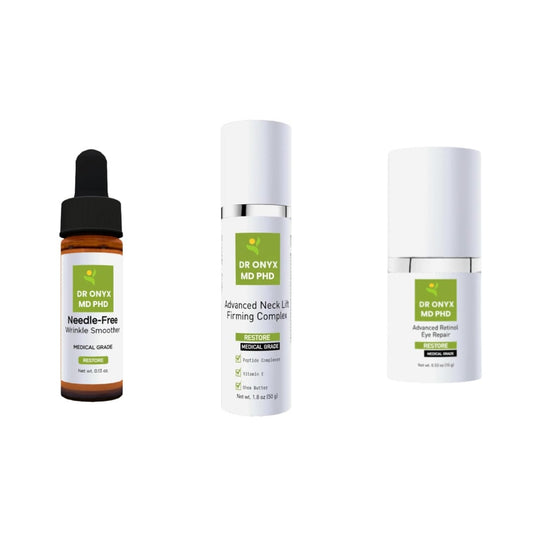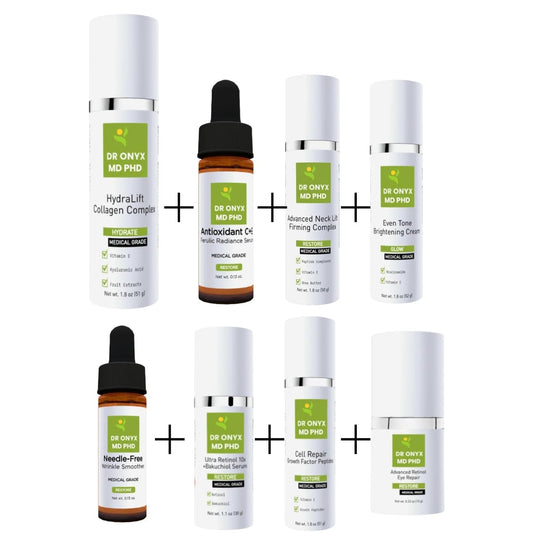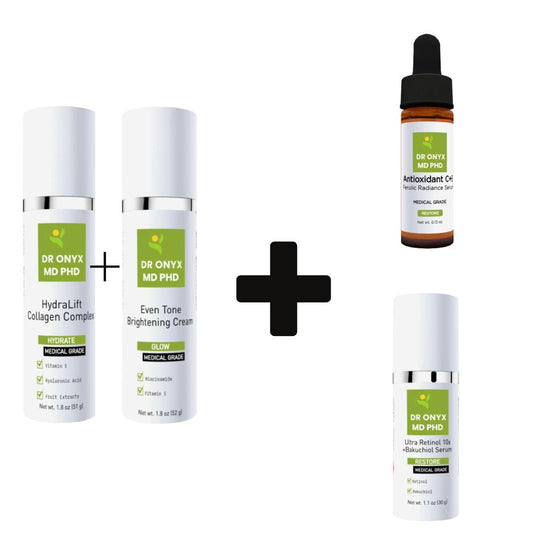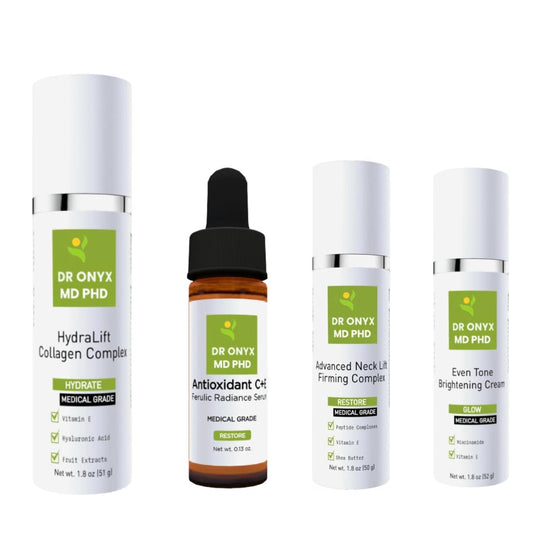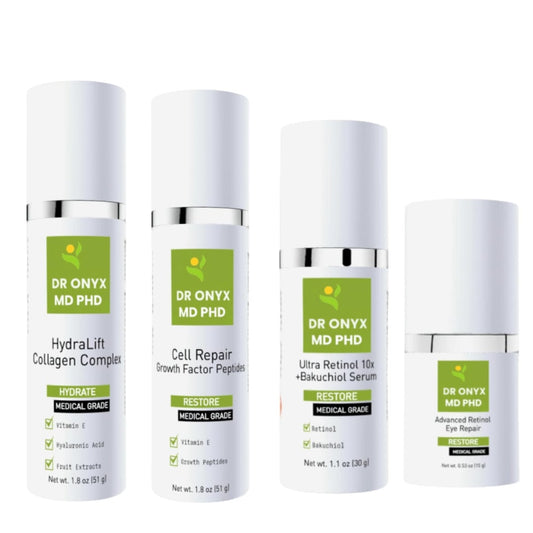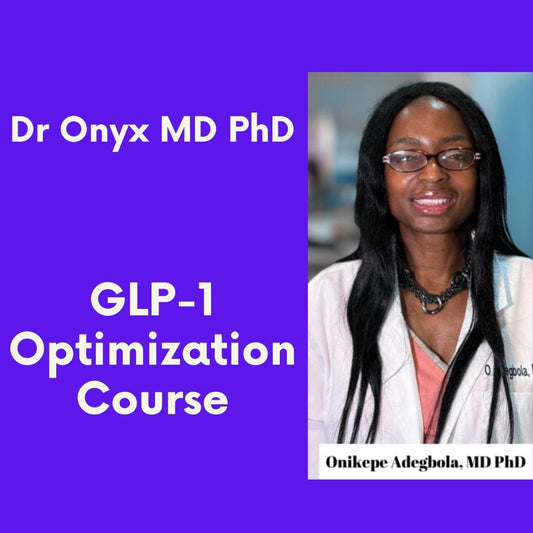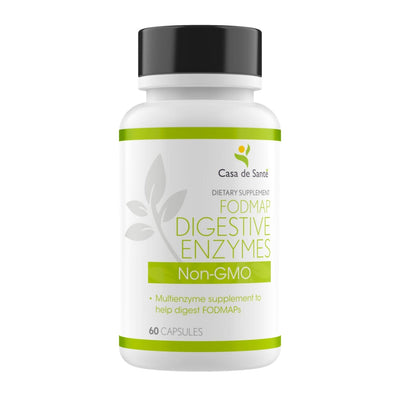Exploring GLP-1 Properties: Which Herb Contains This Beneficial Compound?
In recent years, GLP-1 (Glucagon-Like Peptide-1) has captured significant attention in the medical and wellness communities. This remarkable compound has shown promise in managing blood sugar levels, supporting weight management, and potentially offering a range of other health benefits. While pharmaceutical GLP-1 receptor agonists like Ozempic and Wegovy have made headlines, many people are curious about natural sources of GLP-1 or compounds that might stimulate its production in the body. This exploration leads us to an intriguing question: are there herbs that contain GLP-1 or that can naturally boost its levels in our bodies?
Understanding GLP-1: The Basics
GLP-1 is an incretin hormone naturally produced in the intestines in response to food intake. It plays a crucial role in glucose metabolism by stimulating insulin secretion from the pancreas while simultaneously inhibiting glucagon release, which helps lower blood sugar levels. Beyond its glycemic effects, GLP-1 slows gastric emptying, promoting feelings of fullness and potentially aiding in weight management.
The body's natural GLP-1 has a very short half-life, being rapidly degraded by the enzyme DPP-4 (dipeptidyl peptidase-4). This is why pharmaceutical GLP-1 receptor agonists have been developed with modifications that allow them to remain active in the body for much longer periods, enhancing their therapeutic effects.
The molecular structure of GLP-1 consists of a 30-amino acid peptide that binds specifically to GLP-1 receptors found throughout the body, including the pancreas, brain, heart, and gastrointestinal tract. This widespread distribution of receptors explains the diverse physiological effects observed when GLP-1 levels are elevated. The signaling cascade initiated by GLP-1 receptor activation involves multiple pathways, including the stimulation of cyclic AMP and the mobilization of intracellular calcium, which ultimately leads to enhanced glucose-dependent insulin secretion from pancreatic beta cells.
The Therapeutic Potential of GLP-1
The clinical applications of GLP-1 are extensive and growing. Initially approved for type 2 diabetes management, GLP-1 receptor agonists have now gained recognition for their effectiveness in weight loss. Research suggests they may also offer protective benefits for the cardiovascular system and potentially even the brain, with studies investigating their role in conditions ranging from heart disease to neurodegenerative disorders.
Given these impressive benefits, it's no wonder that many people are seeking natural alternatives or complements to pharmaceutical GLP-1 therapies. This search has led to increased interest in herbs and plant compounds that might influence GLP-1 pathways in the body.
The evolution of GLP-1 based therapies represents one of the most significant advancements in metabolic medicine in recent decades. First-generation GLP-1 receptor agonists required daily injections, but newer formulations have extended half-lives allowing for weekly administration, dramatically improving patient adherence and quality of life. The development pipeline continues to expand with oral formulations and combination therapies that pair GLP-1 agonists with other metabolic regulators to enhance efficacy. Clinical trials have demonstrated remarkable results, with some patients experiencing weight reductions of 15-20% when using higher-dose formulations, rivaling the outcomes of some bariatric surgical procedures but without the associated risks of invasive surgery.
Herbs and Plants That May Influence GLP-1 Activity
It's important to clarify that no herbs directly contain GLP-1 itself, as it's a peptide hormone produced by the human body. However, certain plants contain compounds that may help stimulate GLP-1 secretion, protect it from degradation, or mimic some of its effects. Let's explore some of the most promising botanical candidates.
Berberine: A Powerful Plant Alkaloid
Berberine, a bioactive compound found in several plants including Berberis vulgaris (barberry), Hydrastis canadensis (goldenseal), and Coptis chinensis (Chinese goldthread), has garnered significant scientific interest. Research suggests that berberine may increase GLP-1 secretion and protect it from degradation by inhibiting DPP-4 activity.
A 2011 study published in the journal Metabolism showed that berberine treatment increased GLP-1 secretion in rats with diabetes. Additionally, human studies have demonstrated berberine's ability to improve insulin sensitivity and reduce blood glucose levels, effects that parallel some of GLP-1's actions. While berberine doesn't contain GLP-1, its ability to enhance the body's natural GLP-1 activity makes it a compound of interest for those seeking natural approaches to metabolic health.
Bitter Melon (Momordica charantia)
Bitter melon has a long history of use in traditional medicine systems for diabetes management. Modern research has revealed that this tropical fruit contains compounds that may stimulate GLP-1 secretion. A study published in the Journal of Ethnopharmacology found that bitter melon extract increased GLP-1 levels in diabetic rats.
The active compounds in bitter melon, including charantin and polypeptide-p, appear to have insulin-like properties and may work through multiple mechanisms, including GLP-1 pathways. While more human studies are needed, bitter melon represents another botanical that may influence GLP-1 activity in the body.
Ginseng (Panax species)
Various species of ginseng, particularly Panax ginseng (Korean ginseng) and Panax quinquefolius (American ginseng), contain ginsenosides that have shown potential to increase GLP-1 secretion. A 2017 study in the Journal of Ginseng Research demonstrated that certain ginsenosides stimulated GLP-1 secretion from intestinal L-cells, the same cells that naturally produce this hormone in the human body.
Ginseng has been used for centuries in traditional medicine for its adaptogenic and energy-enhancing properties. Its potential connection to GLP-1 pathways adds another dimension to its therapeutic profile, particularly for metabolic health support.
Dietary Approaches to Enhance Natural GLP-1 Production
Beyond specific herbs, certain dietary patterns and food components may help stimulate the body's natural GLP-1 production. Understanding these nutritional approaches can provide additional strategies for those interested in supporting their GLP-1 levels naturally.
Fiber-Rich Foods and Prebiotics
Dietary fiber, particularly fermentable fibers known as prebiotics, can significantly impact GLP-1 secretion. When these fibers reach the large intestine, they're fermented by gut bacteria to produce short-chain fatty acids (SCFAs), which have been shown to stimulate GLP-1 release from L-cells.
Foods rich in prebiotic fibers include chicory root, Jerusalem artichokes, garlic, onions, leeks, asparagus, bananas, and whole grains. A diet consistently high in these foods may help maintain higher baseline levels of GLP-1, potentially supporting better glycemic control and appetite regulation.
Protein and Amino Acids
Protein consumption is a potent stimulator of GLP-1 secretion. Research has shown that protein-rich meals lead to greater GLP-1 release compared to carbohydrate or fat-dominant meals. Certain amino acids, particularly glutamine, have been identified as especially effective at triggering GLP-1 release.
Foods high in glutamine include cabbage, spinach, parsley, and animal proteins. Incorporating these foods into meals may help maximize the natural GLP-1 response to eating, potentially enhancing satiety and improving post-meal glucose control.
Herbal Compounds That Inhibit DPP-4
Another approach to enhancing GLP-1 activity is to protect it from degradation by inhibiting the enzyme DPP-4. Several pharmaceutical drugs work through this mechanism (known as DPP-4 inhibitors or "gliptins"), but interestingly, numerous plant compounds have also demonstrated DPP-4 inhibitory effects.
Curcumin from Turmeric
Curcumin, the active compound in turmeric (Curcuma longa), has shown DPP-4 inhibitory effects in laboratory studies. A 2019 study published in Scientific Reports demonstrated that curcumin could inhibit DPP-4 activity, potentially prolonging the action of GLP-1 in the body.
Beyond its potential effects on GLP-1 pathways, curcumin is renowned for its anti-inflammatory and antioxidant properties. This makes turmeric a particularly interesting herb for those looking to support metabolic health through multiple mechanisms.
Green Tea Catechins
Green tea (Camellia sinensis) contains catechins, particularly epigallocatechin gallate (EGCG), which have demonstrated DPP-4 inhibitory effects in laboratory studies. By potentially slowing the degradation of GLP-1, these compounds might help extend its beneficial effects in the body.
Green tea has been associated with numerous health benefits, including improved metabolism and weight management. Its potential connection to GLP-1 pathways adds another dimension to its impressive health profile.
The Reality Check: Comparing Natural Sources to Pharmaceuticals
While the herbs and dietary approaches discussed show promise for influencing GLP-1 pathways, it's essential to maintain realistic expectations. The effects of natural compounds on GLP-1 are generally much more subtle than those of pharmaceutical GLP-1 receptor agonists like semaglutide (Ozempic, Wegovy) or liraglutide (Saxenda, Victoza).
Pharmaceutical GLP-1 receptor agonists are specifically designed to resist degradation and bind strongly to GLP-1 receptors, producing powerful and consistent effects. Natural approaches may complement healthy lifestyle choices but shouldn't be viewed as direct replacements for prescribed medications.
The Complementary Approach
For many people, the most beneficial strategy may be to view natural GLP-1-supporting compounds as part of a holistic approach to metabolic health. When combined with regular physical activity, adequate sleep, stress management, and an overall nutrient-dense diet, these natural compounds may contribute to improved metabolic function.
For those currently taking prescribed GLP-1 medications, it's crucial to consult with healthcare providers before adding any herbs or supplements, as interactions are possible. Natural approaches may be most appropriate for those looking to support metabolic health preventatively or for those who don't require pharmaceutical intervention.
Conclusion: The Promise and Limitations of Natural GLP-1 Support
The search for herbs containing GLP-1 reveals an important distinction: while no plants directly contain this human hormone, several botanical compounds may influence its production, protection, or signaling pathways in the body. Berberine, bitter melon, ginseng, turmeric, and green tea represent some of the most promising botanical candidates for supporting natural GLP-1 activity.
Dietary approaches, particularly focusing on prebiotic fibers and quality proteins, offer additional strategies for enhancing endogenous GLP-1 production. These natural approaches may not match the potency of pharmaceutical GLP-1 therapies but can be valuable components of a comprehensive approach to metabolic health.
As research in this area continues to evolve, we may discover additional plants and compounds that influence GLP-1 pathways. For now, those interested in natural approaches should focus on evidence-based options while maintaining realistic expectations about their effects. The most powerful approach likely combines the wisdom of traditional herbal medicine with the insights of modern nutritional science and, when appropriate, conventional medical care.




